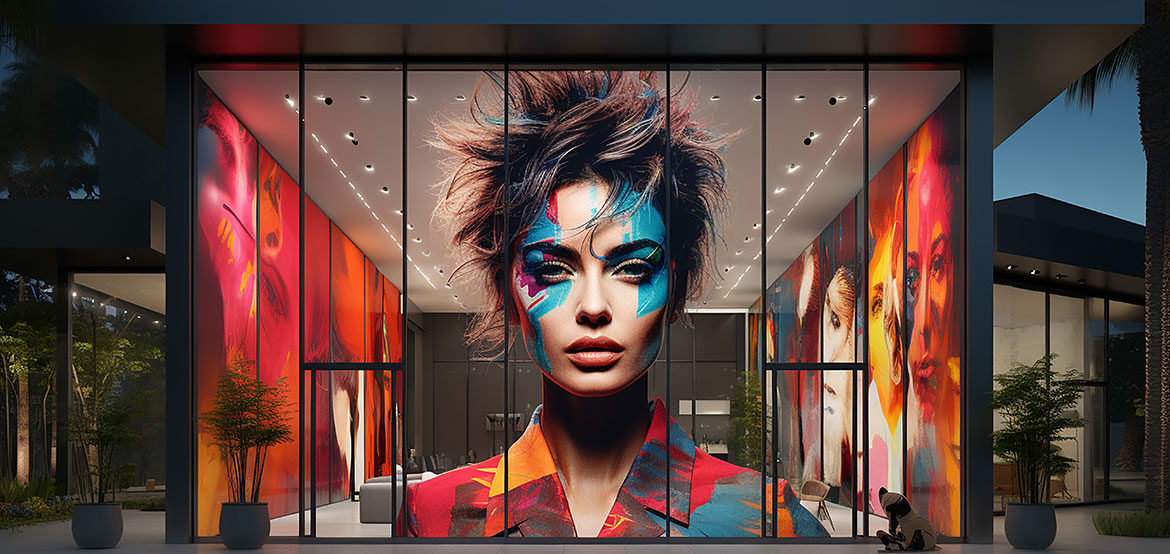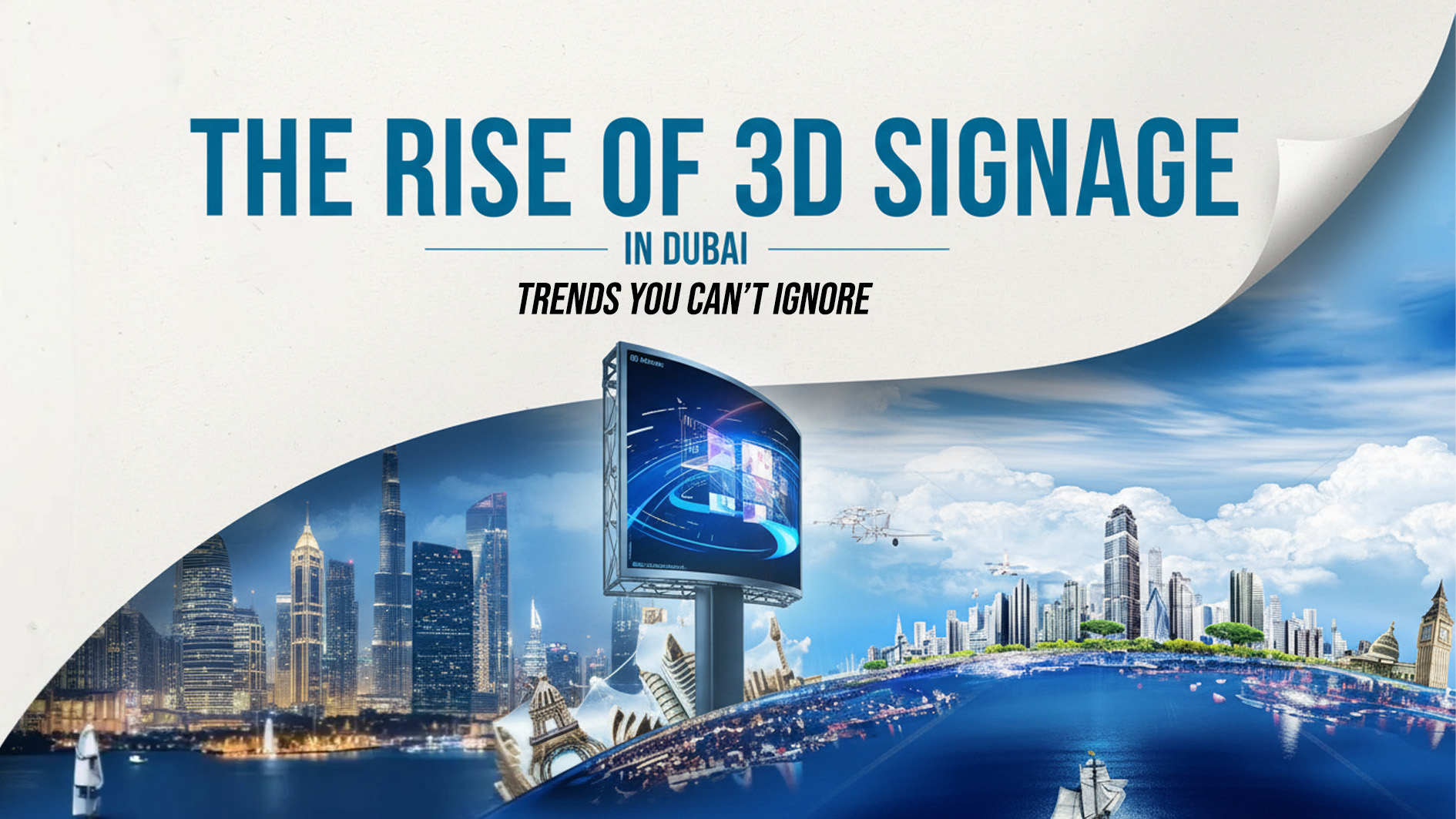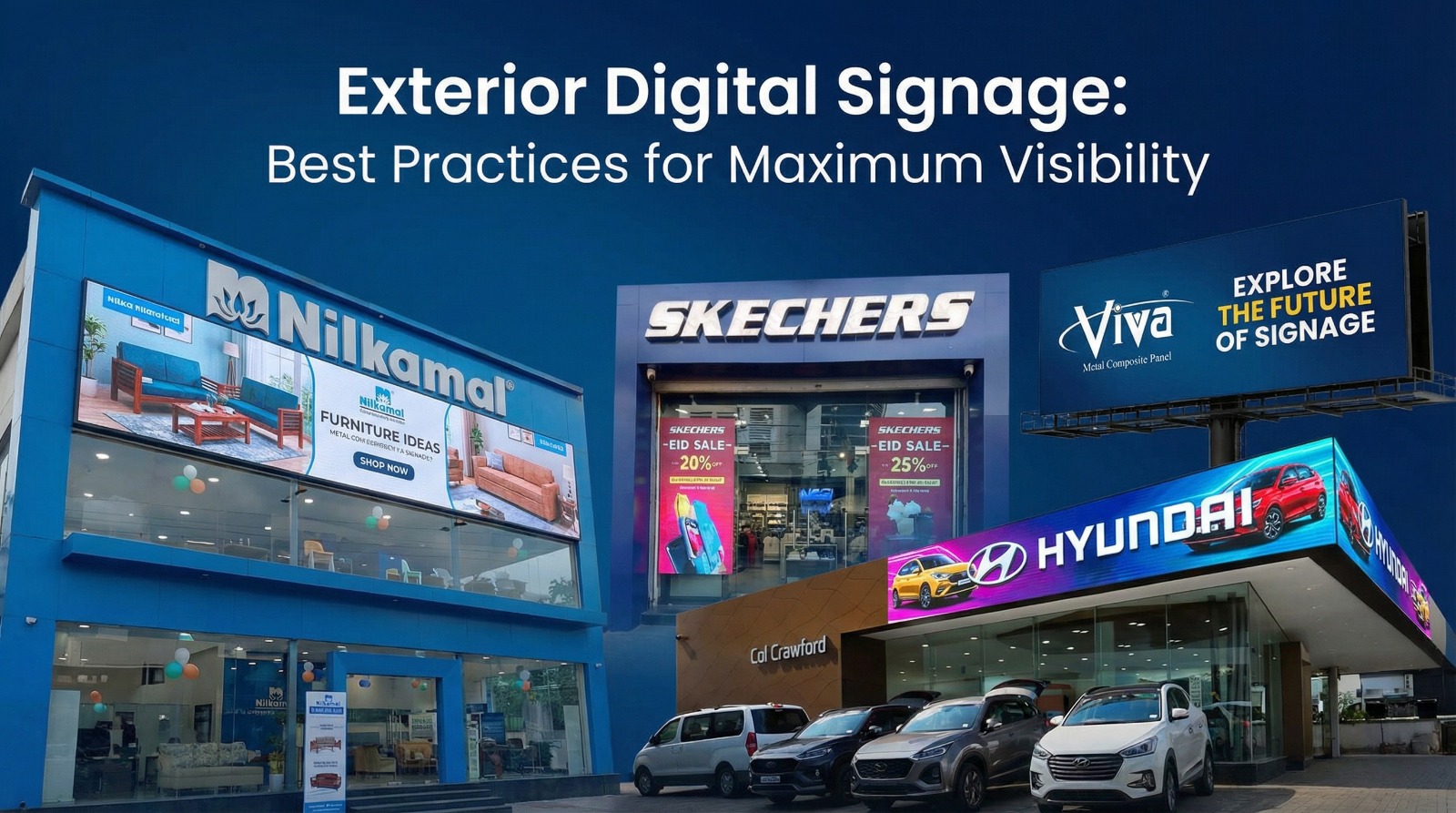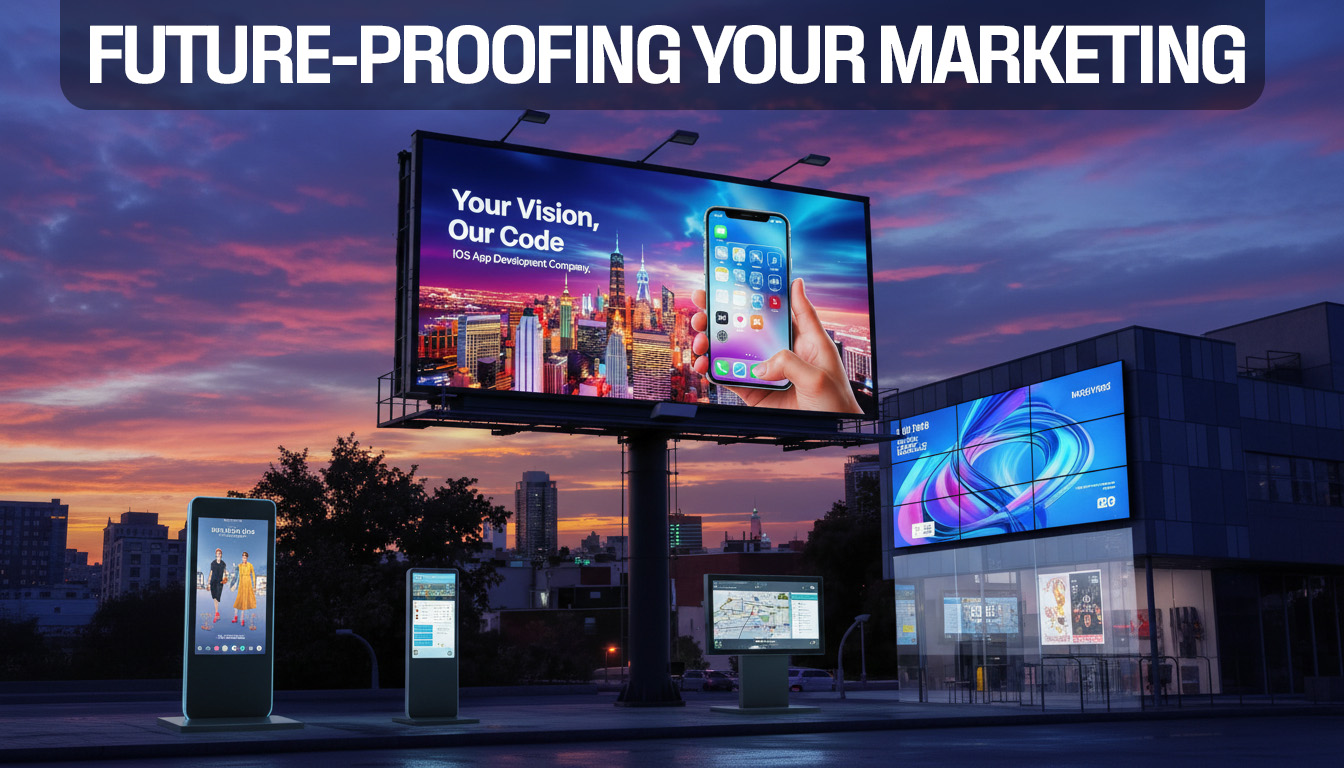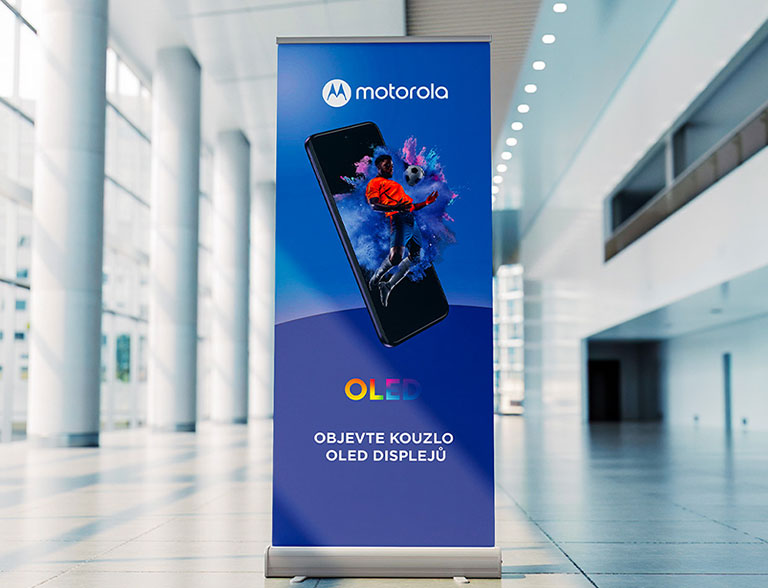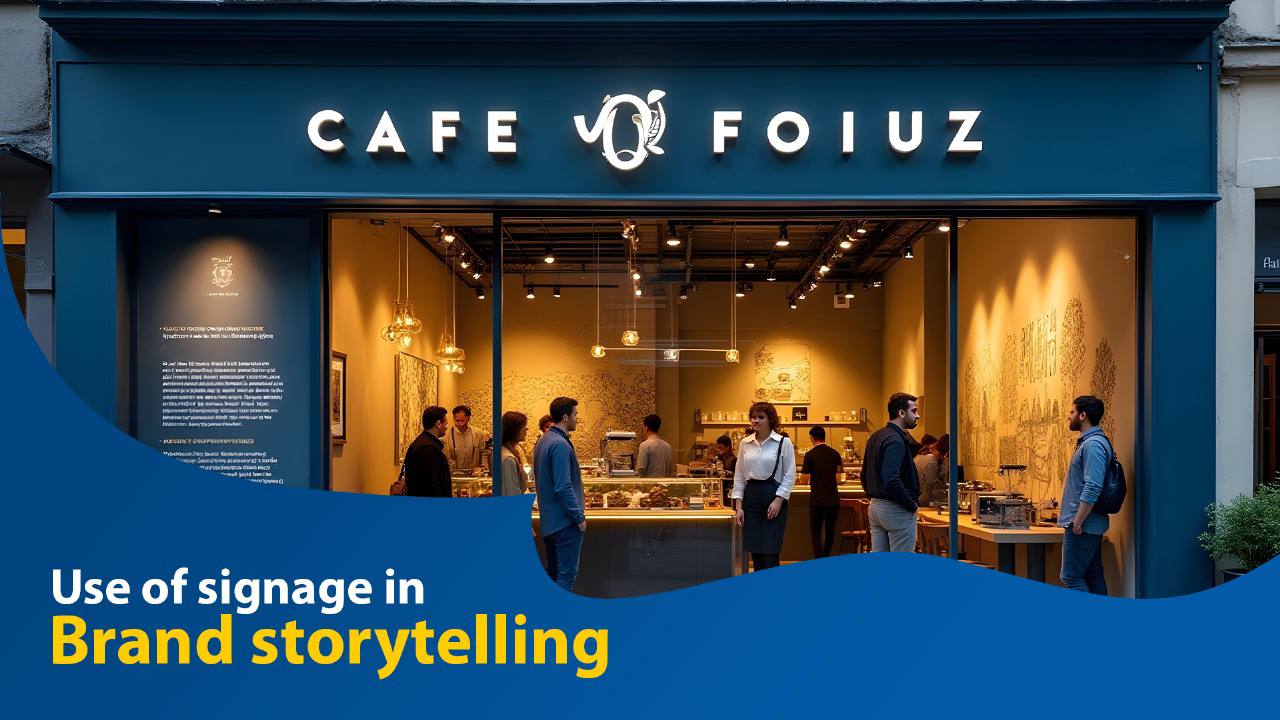
When we think of brand storytelling, we often imagine slick ad campaigns, powerful social media posts, or beautifully designed websites. But one of the most overlooked yet powerful storytelling tools is signage. Whether it’s a shopfront sign, a billboard, or even wayfinding signs in an office, these visual elements can communicate your brand’s personality, values, and story in an instant.
In this guide, we’ll explore how signage can be used as a compelling storytelling tool, why it matters, and how businesses can leverage it for lasting brand impact.
Why Signage Matters in Brand Storytelling
Signage is often the first physical interaction people have with your brand. Before they meet your staff or try your product, they’ve already formed an impression from your logo, colors, font style, and design.
Here’s why signage plays a central role:
First impressions last – A well-designed sign can make people stop, look, and feel curious.
Brand reinforcement – Consistent visual elements build recognition and trust.
Silent selling – Even without words, signage can spark emotions and convey messages.
Location branding – For brick-and-mortar businesses, signage acts as a 24/7 advertisement.
Signage taps into visual psychology — how humans process shapes, colors, and layouts.
Color meanings – Red can create urgency, blue inspires trust, green signals sustainability.
Typography personality – Serif fonts feel classic, sans-serif feels modern, script feels elegant.
Symbolism – Simple icons can instantly convey meaning (think Apple’s logo).
Hierarchy of information – The way text and images are arranged guides the viewer’s eye.
Your signage should be designed with emotional impact in mind. If your brand is playful, bold colors and fun typography make sense. If it’s luxury-focused, minimal design and premium materials might tell your story best.
Types of Signage for Brand Storytelling
Exterior Signage
This includes storefront signs, banners, billboards, and building wraps. They set the tone before a customer even steps inside.
Example: Starbucks’ green mermaid logo is globally recognized and instantly tells the story of a warm coffee experience.
Interior Signage
Wall graphics, digital displays, and product display signs create an immersive brand environment.
Example: Nike stores use motivational wall quotes and dynamic imagery to reinforce their “Just Do It” ethos.
Wayfinding Signage
Directional signs in malls, airports, or offices can enhance customer experience while reinforcing brand style.
Example: Disney theme parks use themed directional signage that blends seamlessly with the park’s storytelling.
Event And Promotional Signage
Trade shows, pop-up events, and seasonal promotions offer a chance to create story-driven, limited-time signage.
Example: Coca-Cola’s holiday truck tour signage instantly evokes nostalgia.
Integrating Storytelling Into Signage Design
To make signage an active part of your brand storytelling, follow these steps:
Start with your Brand Narrative
Know your brand’s core story: Who are you? What problem do you solve? Why do you exist? This clarity will shape your sign design.
Maintain Visual consistency
Use the same brand colors, fonts, and logo variations across all signage to create familiarity.
Include Emotional Triggers
Incorporate imagery, taglines, or icons that resonate emotionally with your audience.
Choose Materials that match your Story
Wood, metal, glass, neon — each material sends a different brand message.
Optimize For Readability
Your audience might only have 3–5 seconds to read your sign, so prioritize clarity.
Digital Signage: The New Storytelling Frontier
While traditional signs are static, digital signage allows brands to adapt stories in real time. Screens in stores, restaurants, or public spaces can display rotating messages, videos, and animations.
Benefits of digital signage in storytelling:
Real-time updates to match promotions or events.
Dynamic visuals for greater engagement.
Integration with social media feeds.
Measurable engagement via analytics.
Real-World Examples of Storytelling Through Signage
IKEA – Their in-store directional signage doubles as part of their brand story by guiding customers through a journey of inspiration.
McDonald’s – The golden arches are more than a sign; they symbolize convenience, comfort, and global presence.
LEGO Stores – Bright, playful signs immerse visitors in creativity from the moment they walk in.
Tesla Showrooms – Minimalist, sleek signage mirrors the brand’s clean energy and tech-forward story.
Final Thoughts
Signage isn’t just a name on a wall — it’s a silent but powerful storyteller. The right combination of design, color, typography, and placement can make your brand unforgettable. Whether you’re a local shop or a global brand, every sign is an opportunity to say, “This is who we are.”
Post a comment Cancel reply
Related Posts
The Rise of 3D Signage in Dubai: Trends You Can’t Ignore
One thing is immediately apparent when you stroll down Sheikh Zayed Road after dusk or…
Exterior Digital Signage: Best Practices for Maximum Visibility
One of the most effective strategies for drawing attention in busy urban settings is now…
Digital Signage Display Screens: Future-Proofing Your Marketing Strategy
Introduction Static messaging has given way to dynamic, data-driven communication in marketing. Brands need to…
Dubai Signage Regulations: What Businesses Need to Know
Khalid believed the most difficult part was over when he eventually got the keys to…


